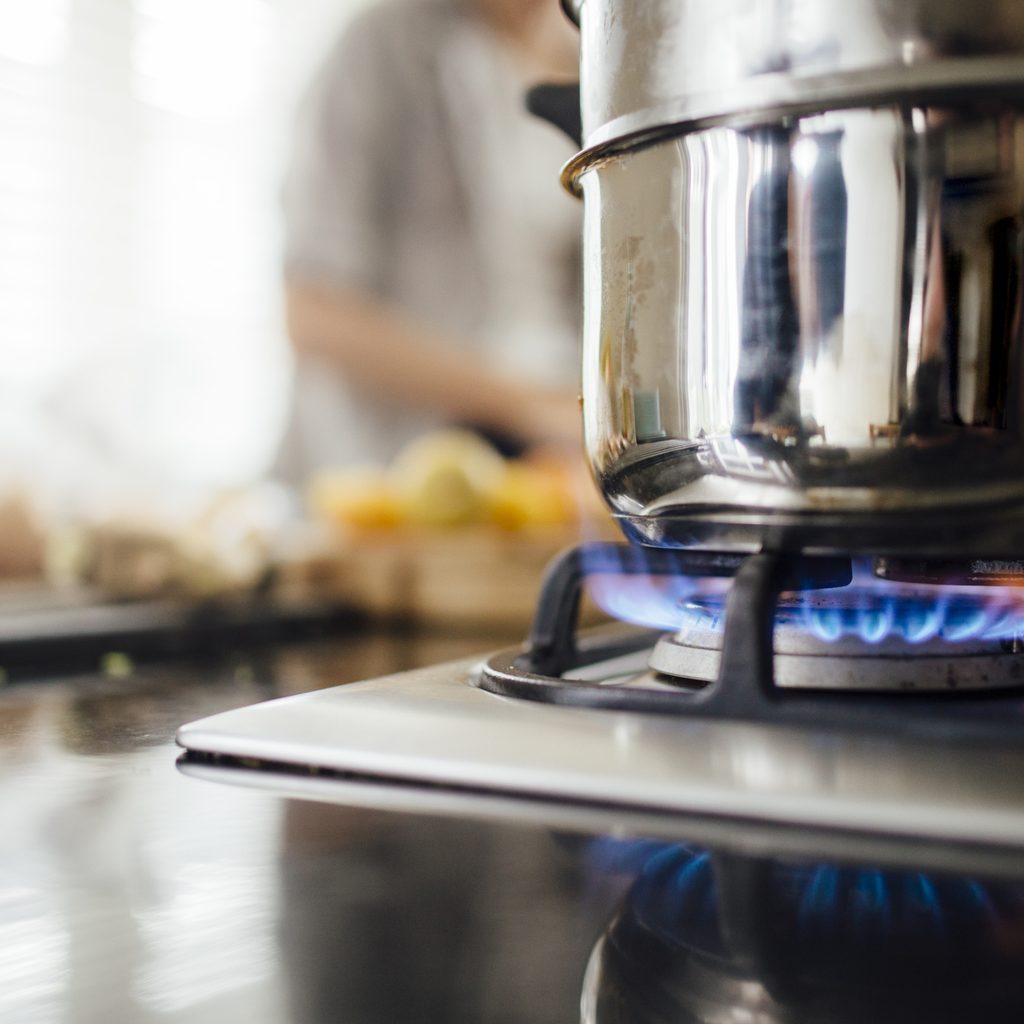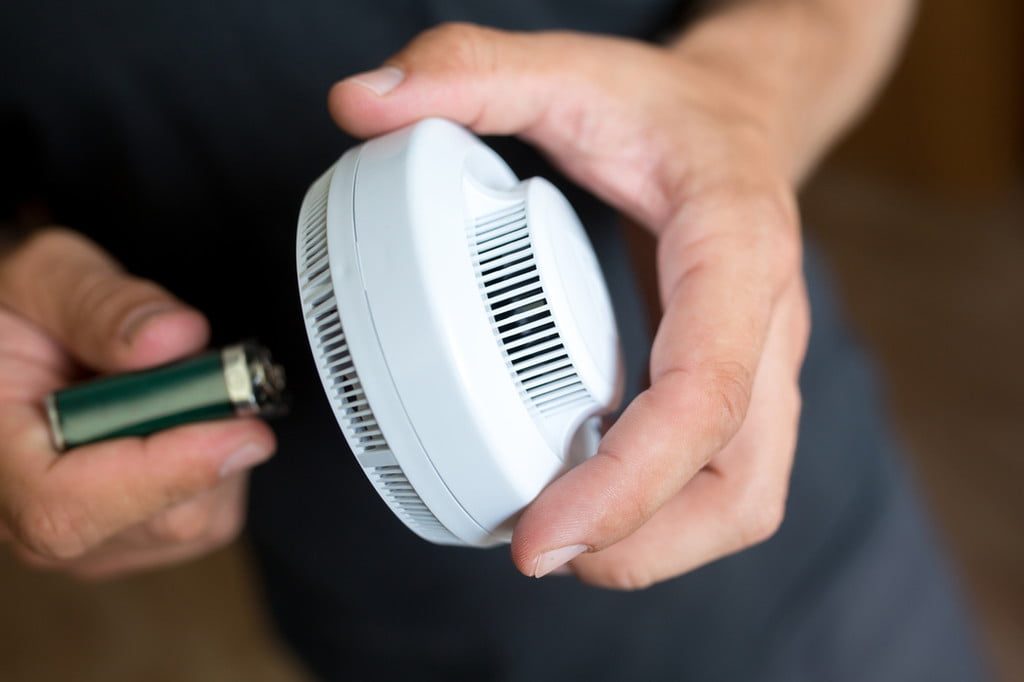When it comes to their homes’ safety and security, many people invest in security cameras, motion sensors, and even smoke detectors to keep their families protected and healthy. An often neglected safety measure, however, is carbon monoxide detectors.
Should you worry about carbon monoxide? The short answer is yes, but the details aren’t as fear-inducing as you might think. People are hospitalized and die every year from overexposure to carbon monoxide. but you can keep your family safe from this “silent killer” by knowing the dangers of carbon monoxide and how to prevent exposure.
What emits carbon monoxide?
Appliances and other devices that operate by burning fuel give off carbon monoxide. There are various items in your home that could potentially be sourced, depending on how they are designed. Gas-powered kitchen appliances, furnaces, water heaters, dryers, and even your fireplace are some of the biggest indoor culprits of carbon monoxide production. Additionally, your car, your charcoal grill, and wood-burning stoves in your garage can also pose a danger.

The dangers of carbon monoxide poisoning
Carbon monoxide is a gas that can easily become deadly if you are exposed to it for too long. While it’s deadly, the biggest danger lies in the difficulty of detecting it. Since carbon monoxide is colorless and odorless, it is undetectable, and a gas leak can become a dangerous situation. According to the CDC, more than 400 Americans die from unintentional carbon monoxide poisoning not linked to fires each year, more than 20,000 visit the emergency room as a result of carbon monoxide poisoning, and more than 4,000 are hospitalized due to exposure.
What are the symptoms?
While the gas itself is undetectable to humans, another danger lies in the unassuming carbon monoxide poisoning symptoms. Since symptoms are flu-like, victims of overexposure don’t necessarily seek treatment immediately, prolonging the exposure and leading to more serious risks. UIHC experts say, “effects of CO in your blood are accumulative, and the longer you’re exposed to it, the longer it takes to rid your body of its effects.”
Carbon monoxide poisoning reduces your blood’s ability to carry oxygen to the rest of your body. Symptoms of mild carbon exposure include fatigue, headaches, and mild nausea. As exposure is further extended, the symptoms intensify to debilitating headaches and disorientated behavior. In cases of long exposure to carbon monoxide, victims experience convulsions, lose consciousness, and eventually heart failure.
How to minimize risks
The easiest and most effective way to reduce the risk of carbon monoxide poisoning in your home is to install carbon monoxide detectors. These devices should be installed in any areas where there are gas-operated appliances or devices, including the kitchen, the living room, the basement, and the garage. Many carbon monoxide detectors can be integrated into your home’s security system to alert you when high levels of gas are detected.
It’s also important to have your gas-powered appliances inspected annually by professionals to ensure they are not faulty and at risk for a gas leak.

How to test for carbon monoxide without a detector
If you don’t have a carbon monoxide detector in your home, some other methods can be used to determine if carbon monoxide is present at dangerous levels.
Signs to watch for
Appliances that are emitting carbon monoxide can exhibit some evidence. If you see a yellowish-brown, soot-like substance on or around gas appliances or find that there are high levels of condensation around them, this may sign a gas leak, and carbon monoxide may be present.
If you have gas-powered appliances and you suspect high levels of carbon monoxide, or if you’d simply like to play it safe, a portable carbon monoxide meter may be a good investment. These meters can be used to measure the levels of carbon monoxide in the air in any given space in your home. Use the meter near your stove, furnace, or in your garage to determine whether or not you have unsafe levels of carbon monoxide.
Air quality testing companies will come to your home and test the air quality for signs of carbon monoxide or other dangerous gases and chemicals. This may be a good option if you have several gas-powered appliances or devices in various rooms in your home. For example, if your furnace is emitting carbon monoxide, it could distribute it to other areas of your home through heating elements and vents.
Who do I call to check my house for carbon monoxide?
As we mentioned previously, professional air quality testing companies are a good first step in checking your home for carbon monoxide, particularly if you’re not sure which appliance is the likely culprit. They will be able to check various areas in your home and do a thorough analysis of your air quality. Alternatively, if you suspect a certain appliance or device of having a gas leak, call the manufacturer, and they will send a technician to your home to examine the appliance.

Your family’s safety is a top priority, and the air you breathe in your home is not exempt from safety hazards. Since carbon monoxide poisoning often goes unrecognized and it can quickly turn fatal, the safest option for your family is to have protocols in place for prevention, detection, and treatment. With such simple and affordable solutions for preventing and detecting carbon monoxide, why take a risk with your and your loved ones’ health?



